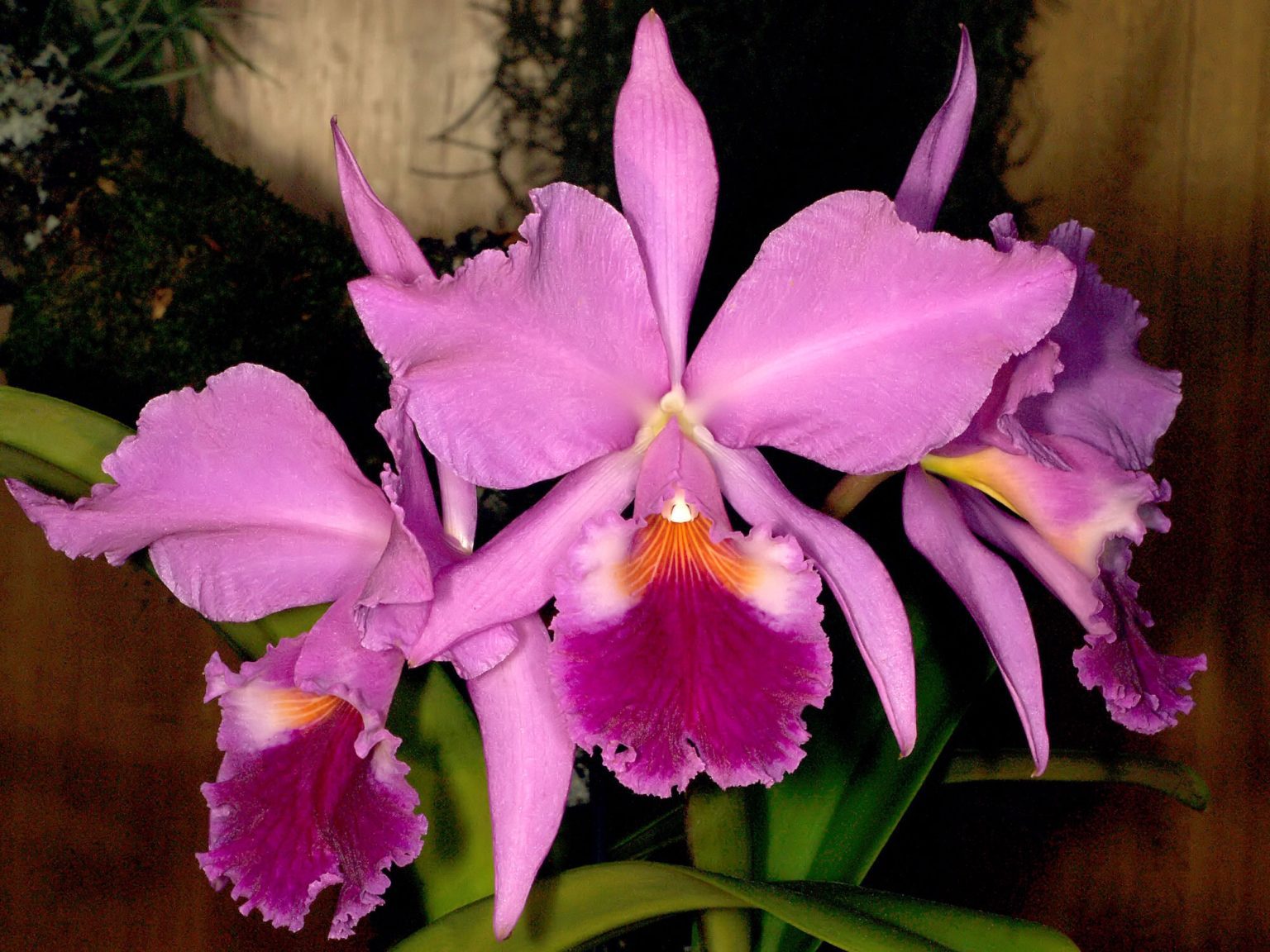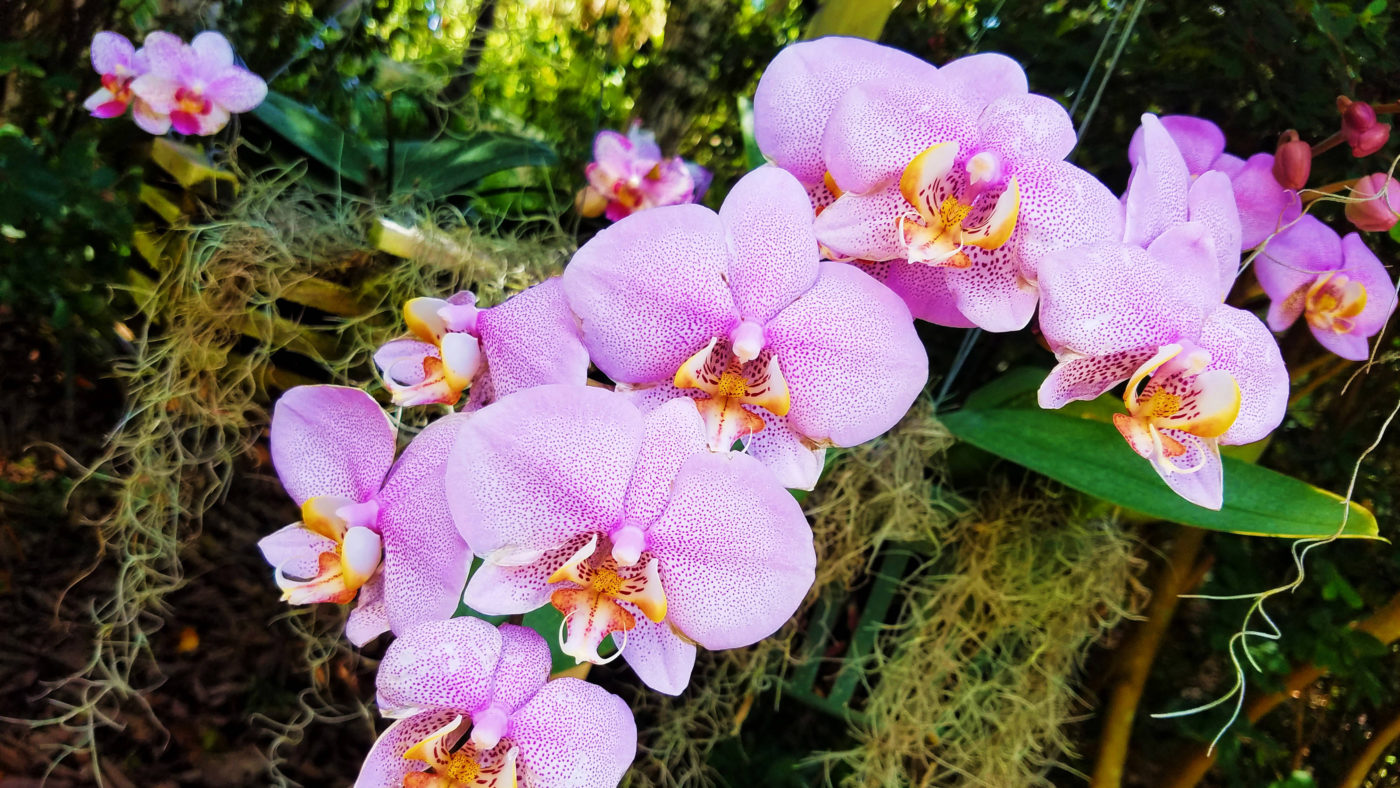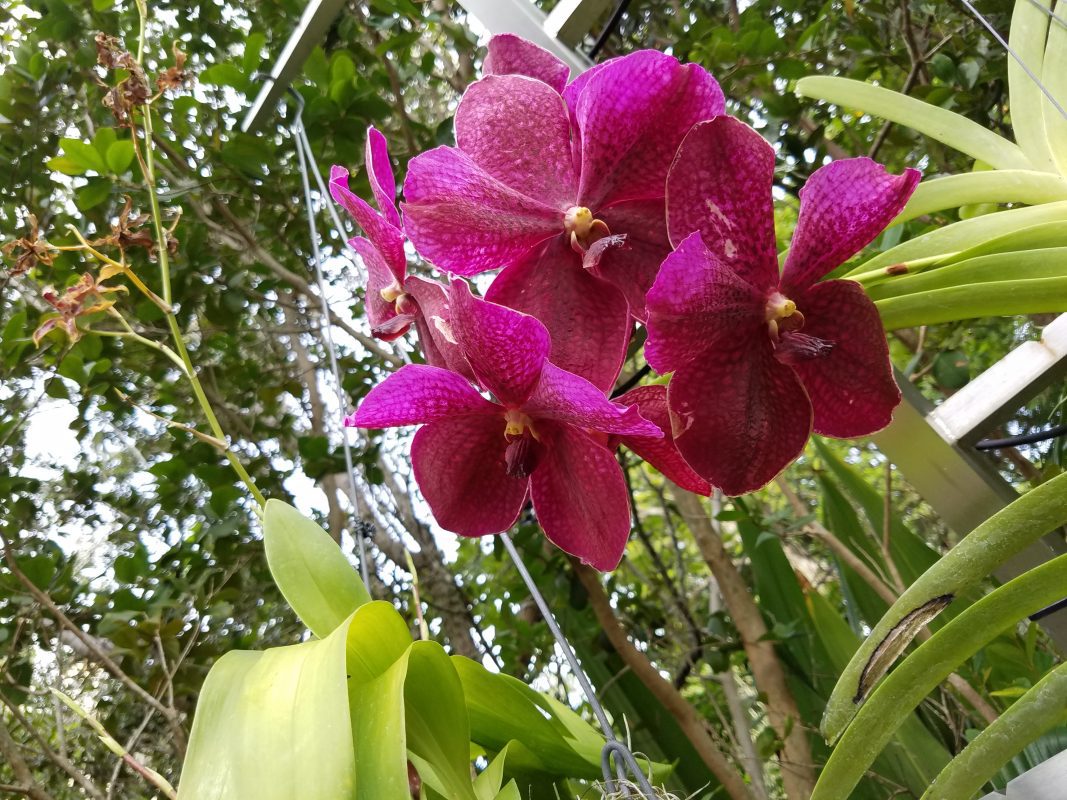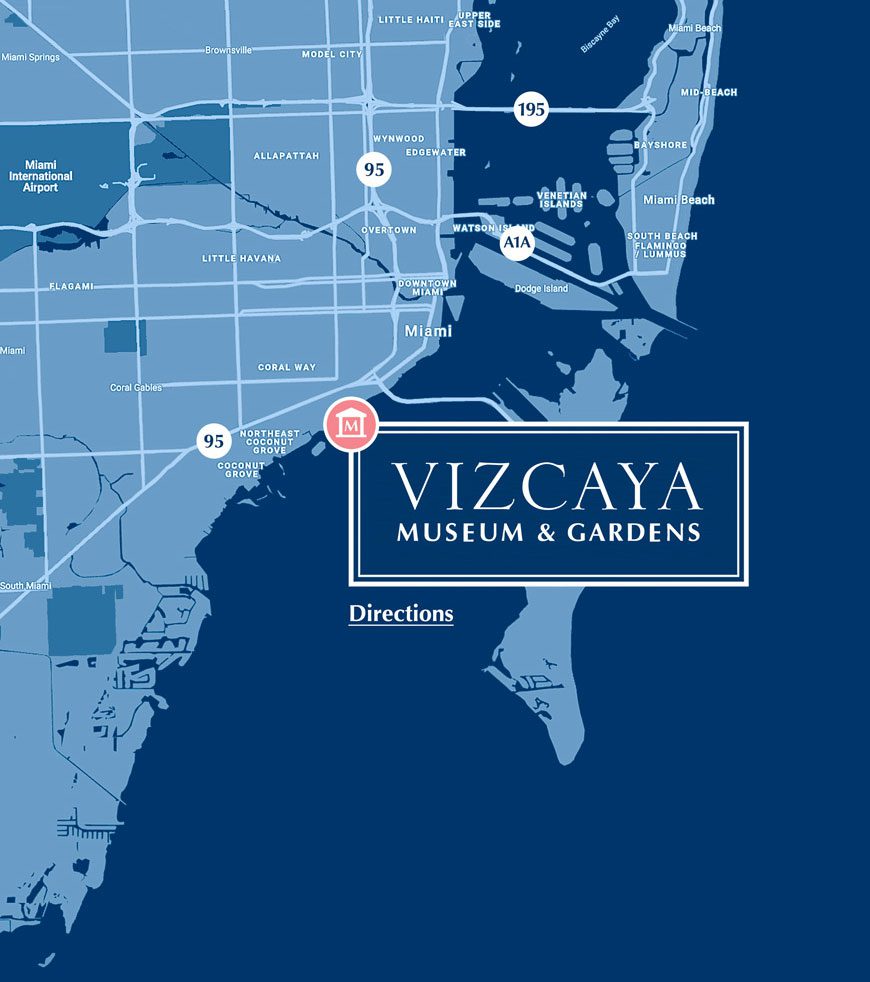Vizcaya has long been synonymous with orchids. These beautiful blooms first arrived on the estate in the 1920s at the behest of James Deering himself. In 2001, a formal orchidarium was established at the estate through the generous endowment from the David A. Klein Foundation.
Now Vizcaya’s gardens are preparing to enter a new age of orchids. The Horticulture department has set its sights on Cattleya orchids and is working to build a representative collection that will achieve Plant Collection Network (PCN) status.
Why cattleyas?
“Cattleyas are not currently represented by any PCN certified collections in the United States and Vizcaya is ideally positioned for this,” explained David Hardy, Vizcaya’s Horticulture Manager.
Sometimes known as the “Queen of Orchids” or the prom orchid, Cattleyas are probably what most people visualize when they think of orchids. Showy and fragrant, with a spectacular range of colors and shapes, some species are quite large, with blooms several inches across.
Located in Miami, Florida, Vizcaya is blessed with the ideal climate to house these plants. Cattleyas are also a South American genus, which makes their acquisition a bit easier than other genera and species native to Asia and other, more distant parts of the world.
Getting an expert on the job
Cattleyas also happen to be Orchid Specialist Axel Cahiz’s favorite group of plants. Born into an orchid legacy that spans more than 40 years, Axel has been around these plants all his life. His father, Carlos Cahiz Puigdollers, is a pioneer in orchid breeding and several members of his family, including himself, have orchids named after them.
“Right now, I’m in the process of hunting orchids,” says Axel Cahiz, Vizcaya’s Orchid Specialist.
Securing new plants
A recent reclassification of Cattleyas has grown the genus from about 100 species to more than 400 varieties. Vizcaya’s gardens are currently home to about 40 different types of cattleyas, but to achieve true PCN status the team will have to collect 40-50% of these specimens – about 200 unique plants.
As such, the Horticulture team is heavily focused on acquisition. Staff are working hard to reach out to individual suppliers in Colombia, Ecuador, Peru, Panama and other countries throughout the Americas, in addition to other botanic gardens.
“In the orchid world, word of mouth is faster than the internet,” explains Cahiz, who continues to work his personal connections to acquire new plants.
Welcoming donations
Vizcaya is also happy to accept donations of orchids. If you are an orchid collector or know of one interested in donating their Cattleyas to help advance this project, please reach out to Axel Cahiz at axel.cahiz@vizcaya.org.







